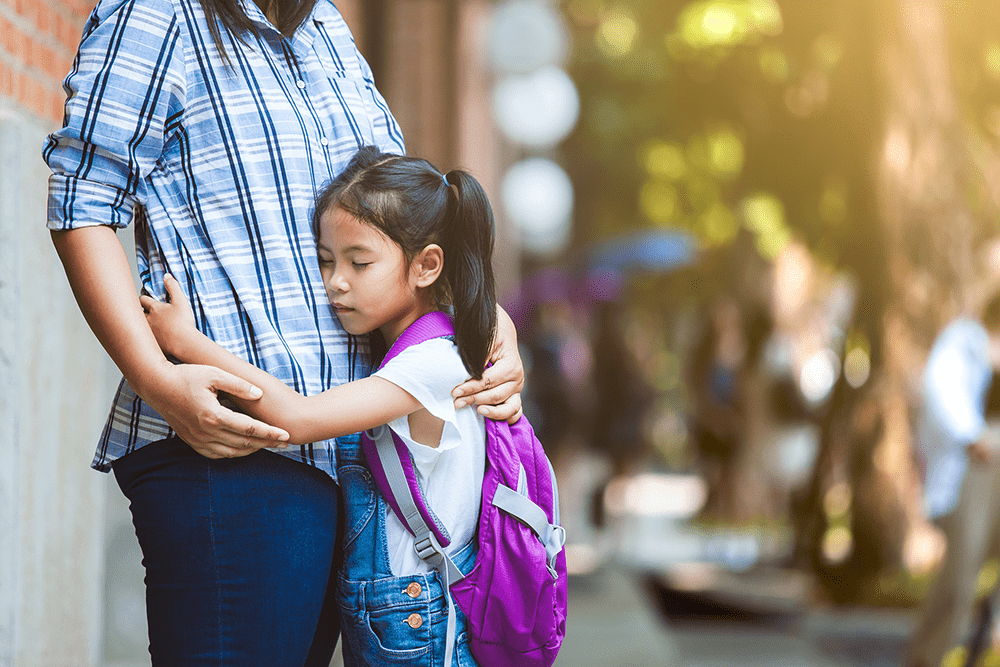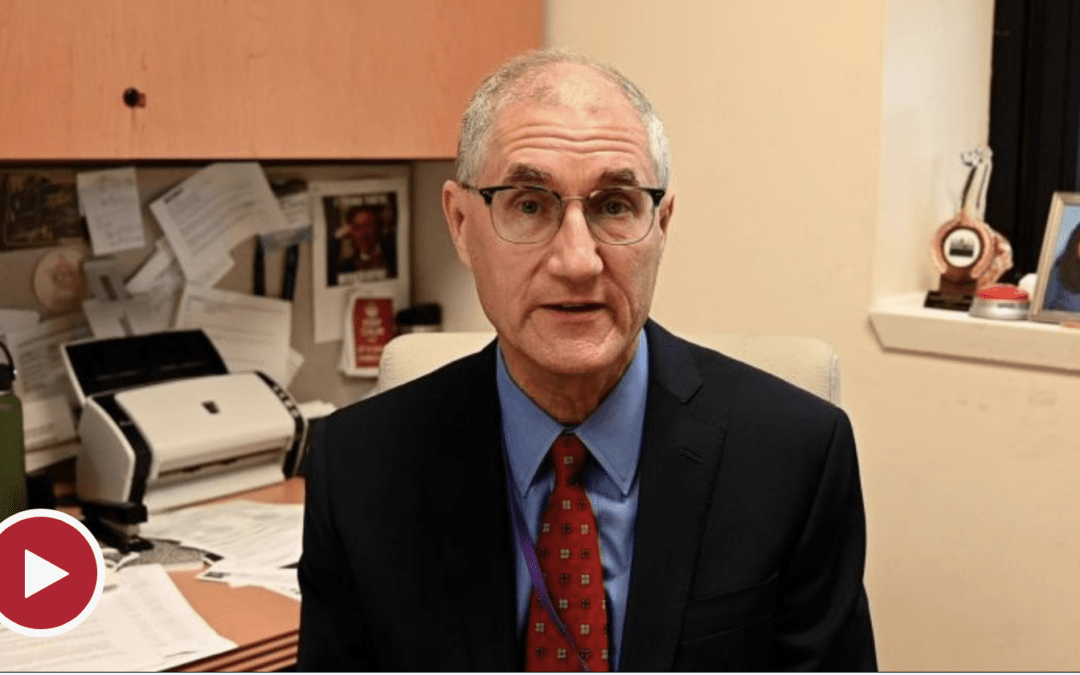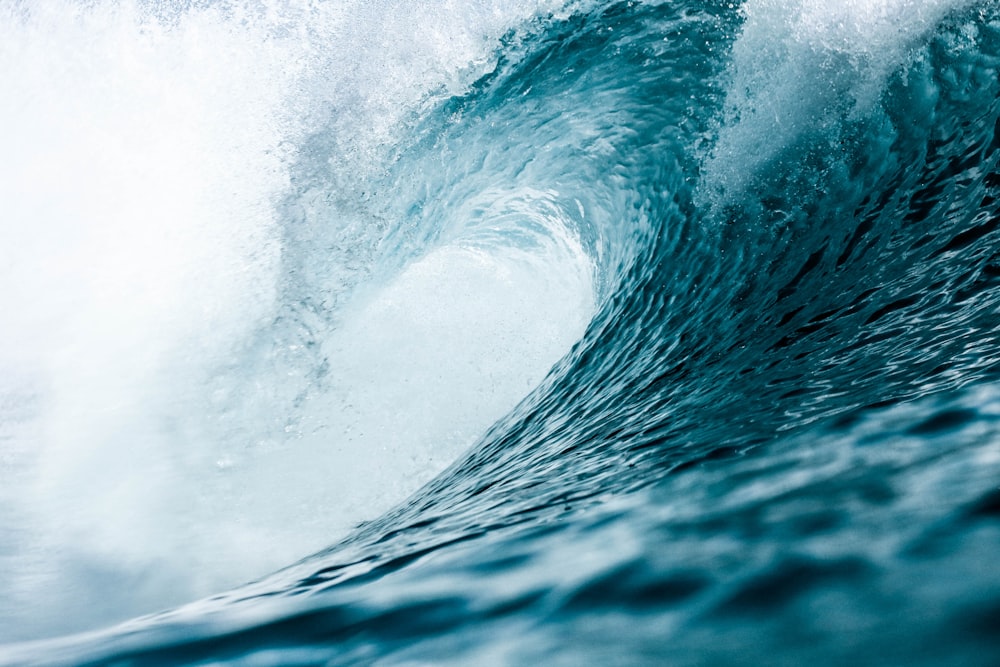
by North Shore Child & Family Guidance Center | Mar 22, 2021 | Blank Slate Media, Blog, In The Media
Note: The Guidance Center received permission from Andrew Malekoff to post this commentary which he authored independently.
“We have seen this terrible nightmare before.”
So said Chinese-American activist Helen Zia during a forum on anti-Asian racism hosted by the Washington Post on March 8th. What she was referring to is the disturbing uptick in verbal and physical assault against Asian-Americans of all ages ever since the onset of the COVID-19 pandemic.
Zia and historian Erika Lee, reviewed some of the historical markers in this recurrent nightmare, beginning with the establishment of Japanese internment camps from 1942 to 1945, in reaction to Japan’s 1941 bombing of Pearl Harbor and America’s entry into WWII. The interning of Japanese-Americans has long been considered one of the most dreadful violations of American civil rights in the 20th century.
Some 70 years earlier on October 24, 1871, in what some have labelled the largest mass lynching in American history, up to 20 innocent Chinese immigrants were beaten, murdered and hanged by an enraged mob after a police officer and rancher had been killed, supposedly as the result of a conflict between two rival Chinese gangs.
Ten assailants were prosecuted and eight were convicted of manslaughter. The convictions were later overturned on appeal due to technicalities.
Eleven years following the Chinese Massacre of 1871, the Chinese Exclusion Act of 1882 became law. It was aimed at curtailing the influx of Chinese immigrant laborers into the United States.
This marks the only time in American history that a specific law was passed that prohibited all members of a particular ethnic or national group from settling in the United States.
One hundred years later, in 1982, Vincent Chin, a Chinese-American draftsman was beaten to death in Detroit by two white men – a Chrysler plant supervisor and a laid-off autoworker.
Asian-Americans of all backgrounds became prime targets, as automakers from Japan who were producing more fuel-efficient cars were blamed for layoffs at “The Big Three” – Ford, General Motors, and Chrysler. Chin’s murderers got off on probation.
Looking back, “people knew from personal experience that we were lumped together,” said Helen Zia. “But in terms of identifying as pan-Asian, the key thing was that a man was killed because they thought he looked like a different ethnicity.”
In her latest book Caste: The Origins of Our Discontents Pulitzer-prize winning author Isabel Wilkerson cites anthropologists Audrey and Brian Smedley who explain, “We think we ‘see’ race when we encounter certain physical difference among people such as skin color, eye shape and hair texture.
What we actually ‘see’ are the learned social meanings, the stereotypes that have been linked to those physical features by the ideology of race and the historical legacy it has left us.” Indeed, most of the attacks against people of Asian descent in American are not against Chinese but anyone who looks East Asian.
Fast forward to 2021. The public health crisis we have been facing for a full year now has put a bullseye squarely on all people of Asian descent living in the U.S. According to reports by the Anti-Defamation League, “Go back to China” has become a familiar taunt against anyone who looks to be Asian and thought to be a source of contagion and disease.
Historically, immigrant communities have been singled out in times of public health crises. Their passage to the U.S. has been given pejorative labels such as plague and invasion, objectifying them as if they are riddled with infection or akin to swarms of insects carrying disease.
Here we are in the opening decades of the 21st century and the nightmare is back with a vengeance. In recent months it was brought to my attention that a 5-year-old Asian-American child was on the receiving end of a coronavirus-driven tirade while playing in a park in Nassau County. The verbal assault left him shaken and stunned that someone would yell such things at him.
On February 10th, USA Today reported that “in one week in February, a 91-year-old man in Oakland Chinatown was brutally assaulted, a Thai man was attacked and killed in San Francisco and a Vietnamese woman was assaulted and robbed of $1,000 in San Jose.”
Law enforcement can and should help, but nothing less than empathy will ultimately make the difference – “radical empathy” as Isabel Wilkerson advised, “the kindred connection from a place of deep knowing that opens your spirit to the pain of another as they perceive it.”
We all – all of us, bear the moral responsibility to stand up, as opposed to sitting by silently when we witness this terrible nightmare come to life.

by North Shore Child & Family Guidance Center | Oct 5, 2020 | Blank Slate Media, In The Media
By Lisa L. Colangelo and David Reich-Hale, October 4, 2020
Six months after New Yorkers first hunkered down in response to the COVID-19 pandemic, the initial shock may have eased but the stress and anxiety have lingered, according to mental health experts.
The demand for counseling and therapy has increased as Long Islanders wait to see if schools can remain open, brace for flu season or even anticipate a possible second wave of COVID-19.
“There’s this sense that everyone’s waiting for the other shoe to drop,” said Dr. William Sanderson, a psychologist and director of the Anxiety & Depression Clinic at Hofstra University. “We aren’t really sure as we go into fall, are we going to be back where we were in March and April?”
In June 2020 on average, 36.5% of adults in the U.S. reported symptoms of anxiety and depression, according to the U.S. Census Bureau’s Household Pulse Survey. Between January 2019 and June 2019, 11% of adults reported those symptoms.
Health care providers are using a mix of telehealth and in-person visits to facilitate support groups, individual therapy and family therapy for people grappling with fear, anxiety, depression and other challenges stemming from the pandemic.

“A silver lining of the COVID pandemic is that it pushed mental health, full-force, into telehealth.” Dr. Adam Gonzalez, the director of Behavioral Health at Stony Brook Medicine
“A silver lining of the COVID pandemic is that it pushed mental health, full-force, into telehealth,” said Dr. Adam Gonzalez, the director of Behavioral Health at Stony Brook Medicine. “We saw a decrease in cancellations and no shows because of telehealth.”
At NYU Winthrop, demand for mental health services skyrocketed.
The pandemic “has a ripple effect on almost every layer of society,” said Dr. Aaron Pinkhasov, chairman of the Department of Psychiatry at NYU Winthrop Hospital, which has seen a 40% increase in demand for mental health services.
The ferocity of the news cycle has added to the stress, with reports of clusters of new casesemerging in New York and even the president and first lady testing positive in recent days.
No age group has been spared, Pinkhasov said. The lack of social contact has been especially difficult for young children as well as senior citizens. Then there is the pressure on adults caring for their children and aging parents, in many cases while working from home.
“Right now, more than ever, it’s important to expand mental health services and also educate primary care physicians, pediatricians, geriatric doctors and make them aware of the problem,” Pinkhasov said.
‘A chronic malaise’
During the height of the pandemic, the daily toll of infections, hospitalizations and deaths was grim and overwhelming. In April, over 700 New Yorkers died in one day.
But the percentage of new COVID-19 cases has hovered around a relatively low 1% for many weeks. The spread of the virus was slowed by the economic shutdown and individuals wearing masks, sheltering in place and avoiding crowds. The success came at a price.

“It cost us emotionally because a lot of it had to do with withdrawal and reductions in our lifestyle … now people are dealing with more of a chronic malaise.” Dr. William Sanderson, psychologist and director of the Anxiety & Depression Clinic at Hofstra University
“It cost us emotionally because a lot of it had to do with withdrawal and reductions in our lifestyle,” Sanderson said. “The shock is over and now people are dealing with more of a chronic malaise.”
Health care workers on the front lines fought hard to help patients, while dealing with their own stress, said Dr. Curtis Reisinger, a psychologist and director of Northwell’s Employee and Family Assistance Program, which offers confidential counseling services.
“We saw an eightfold increase in the number of people who called us after COVID,” Reisinger said. “We are still up 20% from what normal levels were.”

“We saw an eightfold increase in the number of people who called us after COVID.” Dr. Curtis Reisinger, psychologist and director of Northwell’s Employee and Family Assistance Program
He said that increase has come, in part, because people who might have been uncomfortable asking for assistance, realize how helpful talking to a therapist could be.
“The access is also that much better, because of telehealth,” Reisinger said.
Twenty-year-old Kelly Christ of Manhasset is hoping her struggles with anxiety will help others feel more comfortable to reach out for help. The Fordham University senior wrote blog posts and ran social media for the North Shore Child and Family Guidance Center this summer in an effort to help destigmatize the need to seek treatment.
“It was really good to have a person to talk to,” said Christ. “It made me feel like I wasn’t all alone, because sometimes if you’re talking to family and friends, you feel guilty.”
Others have seen existing mental health conditions aggravated.
John Lindstrom, 48, of Hicksville said his “depression has gone up a great deal” during the crisis.
Lindstrom, diagnosed with bipolar disorder in 2007, said he has only recently started to reconnect with family and friends after feeling severely isolated in his basement apartment during the height of pandemic — too fearful to venture out to a 7-Eleven store.
While he has continued telehealth, he misses the camaraderie at the Central Nassau Guidance and Counseling Services in Hicksville where he spent time several days a week.
Back-to-school worries
The excitement of children returning to school has been replaced with anxiety for parents and children, experts say.
“We are seeing a lot of school-aged children dealing with the aftermath of quarantine isolation and having to get used to a whole new world,” said Dr. Janet Kahn-Scolaro, administrative director of Behavioral Health, at Mount Sinai South Nassau Hospital. “There is a fear of the disease, not just for them but for their parents.”
Kahn-Scolaro said parents should be educated on how to help children process what they are seeing and hearing about the pandemic.
“Little kids hear a whole lot of stuff,” she said. “They never process it the way adults think they do.”
Regina Barros-Rivera, associate executive director at Roslyn Heights-based North Shore Child and Family Guidance Center, a not-for-profit children’s mental health agency, said children are missing beloved rituals such as birthday parties, picnics and the routine of going back and forth from school.
“I find parents who can offer structure can have more success,” she said. “Perhaps it’s a corner of a room that becomes their classroom. Create as much of a routine as possible.”
Winter days ahead
The warm summer months have given quarantine-weary Long Islanders a chance to get outside and safely visit with friends and family. But the long, lazy beach days are giving way to a brisk fall and earlier sunsets.

“As the weather turns colder a lot of us are fearful of what that means in terms of continuing to socialize.” Dr. David Flomenhaft, director of the outpatient Behavioral Health Services at Mercy Medical Center
Click to watch the video
“As the weather turns colder a lot of us are fearful of what that means in terms of continuing to socialize,” said Dr. David Flomenhaft, director of the outpatient Behavioral Health Services at Mercy Medical Center, which has seen a 20% increase in referrals over the last six months.
Flomenhaft said people should maintain routines, get exercise and avoid staying up late watching TV — even if they are working from home.
He is hopeful many can adapt: “We believe that people can grow and improve having survived difficult times.”
With David Olson
SOME PLACES FOR SUPPORT
SOURCE: Newsday Research.

by North Shore Child & Family Guidance Center | May 14, 2019 | Blank Slate Media, In The Media
It wasn’t necessary for the slaughter of innocents at Sandy Hook elementary school on Dec. 14, 2012 to validate that there is evil in the world. But what it did is affirm that if the massacre of 6- and 7-year-old children is not off limits, then nothing is.
This perception has been so routinely validated since that fateful day there is the real possibility that we are becoming numb to mass shootings in America.
Psychic numbing is a psychological condition that leads one to feeling indifferent to horrific events. The quote attributed to Joseph Stalin, “One death is a tragedy; a million deaths is a statistic,” is an illustration of that state.
The sabbath day synagogue attack in Poway, Calif., is just the latest mass shooting in America and the second synagogue shooting in only six months following the Tree of Life slaughter in Pittsburgh.
After some time passes, Poway will become another tombstone in our collective psyche, alongside all the others that have occurred in churches, mosques, public schools, colleges, shopping malls, nightclubs, business offices, concert halls and more.
Shortly after the shootings, mental health experts, clergy and educators offer tips, wisdom and spiritual support to speechless parents about how to soothe their children. Their advice always is: Be available emotionally, be compassionate, limit media exposure, reassure safety, offer distractions to prevent obsessive worry, watch for angry outbursts and depression and, if symptoms persist, seek professional help.
I imagine if parents were to speak from their guts instead of their heads and hearts, they would likely tell their children: “It’s a cruel world, evil is everywhere, toughen up, watch your back, and don’t trust anyone.”
In 2019 alone, through the end of March and before Poway, there have been 70 mass shootings, 90 dead and 249 wounded across the country. These statistics can be found in any number of publications that have taken on the task of tracking mass shootings in the United States. They include USA Today, Mother Jones, Vox and the Washington Post.
When I was a child, I was an avid collector of baseball cards. I knew all the stats of my favorite players. I checked the box scores in the papers each morning after a game. Those were the numbers that consumed my childhood. Now it’s mass shootings. How many? How many dead? How many wounded? What team is the shooter on? Is he a lone wolf?
It is sad to say but I am no longer shocked. I know Poway won’t be the last nor will the next be the last.
In an interview with Bill Moyers one year after 9/11, psychiatrist Robert J. Lifton said, “I think we all have a double life. On the one hand, we know we can be annihilated and everybody around us by terrorism, by the incredible weaponry this world now has. And yet in another part of our mind we simply go through our routine. And, we do what we do in life, and we try to do it as well as we can.”
Lifton has a most unique perspective having studied the aftermath of the Hiroshima bomb, the Nazi doctors, and the cult that released gas into the Tokyo subway, among many other horrible things people do to one another.
What he seems to be saying is that on the one hand we’re free to live our day-to-day lives, but on the other hand, we are never unmindful of these events. And, so we have a choice to make. We can let these events pass us by as a train in the night or get involved in something that really matters.
Students, like those from from Marjory Stoneman Douglas High School in Parkland, Fla., have been models for transcending inertia and taking social action, at choosing hope over despair.
As one such student from Iowa said in an interview on PBS: “Change will not come on its own. We have to make it for ourselves. The adults have proven that they are unwilling to move beyond thoughts and prayers. We must force them into action.”
Take a stand.
Make waves.
Andrew Malekoff is the executive director of North Shore Child & Family Guidance Center, which provides comprehensive mental health services for children from birth through 24 and their families. To find out more, visit www.northshorechildguidance.org.







